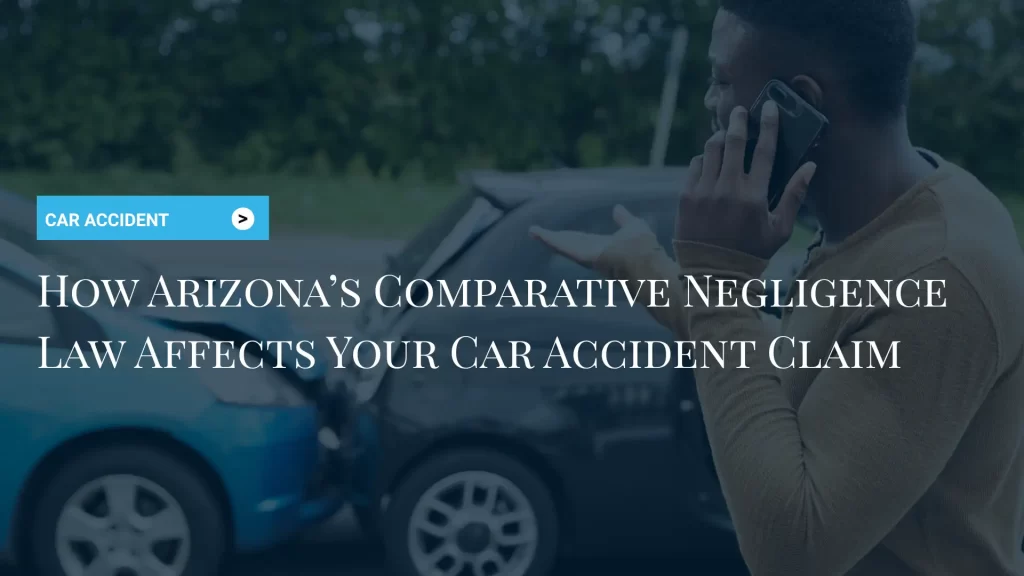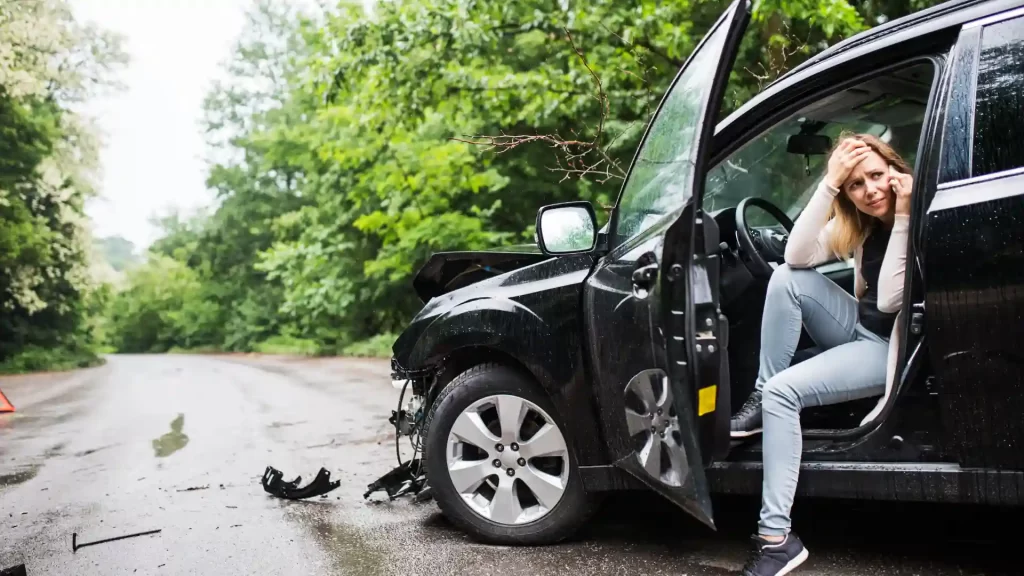
When you are injured in a car accident, if someone else caused the crash, you are entitled to pursue compensation for the losses you sustain. In Arizona, this process differs slightly from that in many other states due to a concept known as pure comparative negligence, if you are planning to file an insurance claim or lawsuit. Understanding how comparative negligence Arizona car accident case can affect how much compensation you recover and whether the other side tries to reduce or deny your claim.
Arizona’s Pure Comparative Negligence Law Explained
Arizona uses a pure comparative negligence system, which means your compensation is reduced according to your share of fault in a crash—but you are never entirely barred from recovery. Even if you are mostly to blame, you can still seek money for the portion of the accident that was not your fault. In many other states, how comparative negligence affects personal injury claims can mean the difference between receiving compensation and being barred from recovering anything if you are found to be more than 50% responsible.
Arizona Revised Statutes § 12-2505 outlines this law, which applies whether you are negotiating a settlement or filing a lawsuit in court.
While negligence is a standard theory in personal injury cases, it is not the only one. In cases involving defects—such as faulty brakes or airbags—strict liability may apply, and injured parties can hold manufacturers or sellers responsible even without negligence.
How Fault Is Determined in an Arizona Car Accident
Assigning fault after a crash is not always straightforward. In Arizona, each party may share blame. Figuring out who’s at fault requires evidence such as:
- Police reports: Officers typically provide a preliminary assessment of who is responsible for the collision.
- Traffic citations: If a driver broke the law, that could weigh heavily in the fault analysis.
- Eyewitness accounts: Statements from people who saw the crash can support or challenge each side’s version of events.
- Photo and video evidence: Dashcams, traffic cameras, and accident scene photos often help insurers, lawyers, and courts determine what happened.
- Expert testimony: Accident reconstructionists and engineers may analyze the scene, vehicle damage, or road conditions to determine contributing factors.
One crucial legal doctrine Arizona courts recognize is negligence per se. This applies when a driver violates a safety law—such as running a red light or speeding—and that violation directly leads to a crash. If proven, it can simplify a claim by proving that their legal violation was the cause of the incident.
Sometimes more than one driver is to blame. Maybe one did not yield, and the other was texting. In that case, both could be held responsible, and each would be held partly accountable.
How Comparative Negligence Affects Your Compensation
The core effect of comparative negligence is simple: the more fault assigned to you, the lower your financial recovery. But in practice, this can be a central dispute—especially when insurance companies get involved.
Say you are rear-ended by a driver who was speeding. But your brake lights were out, and you had not repaired them for weeks. The insurance company might argue that you are 30% responsible, reducing your recovery by 30%. If your total losses were $60,000, you would be eligible for $42,000 in compensation.
That is why it is so important to determine who caused the crash correctly. In Arizona, you can still receive money to cover your losses even if the accident was mostly your fault. But insurance companies might try to blame you more than they should. If they do, they may offer you less money than your case is worth—or deny your claim altogether.
Keeping insurance companies honest is especially important if your losses include more than just medical bills. Personal injury compensation typically covers lost wages, loss of earning capacity, ongoing medical treatment, property damage, and intangible losses such as pain and suffering. If your percentage of fault is overestimated, your ability to recover for these losses will shrink in proportion.
Why It Matters to Document Everything
Documentation matters in every car accident claim in Arizona. After a crash, it is up to you to protect your rights. Photos, witness info, and insurance details can back up your side of the story.
Medical records are equally important. Seek treatment as soon as possible, even if you feel okay. Delaying care gives the insurance company room to argue that your injuries weren’t serious or weren’t caused by the crash.
If you are worried about being blamed unfairly, speak with a personal injury attorney immediately. A lawyer can help organize the facts, identify liable parties, and fight back against claims that you were more responsible than you were.
What If There’s More Than One Liable Party?
 In some cases, more than one person—or even a company or government agency—can be liable for a car crash. Arizona’s comparative negligence rule still applies in these situations, but can complicate the process.
In some cases, more than one person—or even a company or government agency—can be liable for a car crash. Arizona’s comparative negligence rule still applies in these situations, but can complicate the process.
For example, if a commercial truck driver hits you but the brakes fail due to poor maintenance by the employer, both the driver and the trucking company could share liability. The city or state might also be partly responsible if the road was poorly maintained. Each party would be assigned a percentage of fault, and your total recovery would be divided accordingly.
This becomes especially important in cases involving car crash settlement negotiations. The more parties involved, the more likely each will try to deflect blame. That is another reason why you need experienced legal representation throughout your case.
Don’t Let Shared Fault Undermine Your Claim
Arizona’s pure comparative negligence law means you can still recover compensation after a crash in Arizona, even if you share fault. However, your compensation is reduced accordingly if you are partly to blame.
At Triumph Law Group, we help Phoenix clients pursue full recovery. If you have been injured and need guidance on your legal rights under Arizona’s comparative negligence rules, call 602-595-5559 for a free consultation, or contact us online. Our team is here to help you understand your rights and take the first step toward securing the necessary benefits. We’ll handle the legal work while you focus on healing.
Related Post
Can Families Sue for Wrongful Death in Plane Crashes in Arizona?
What Is Considered a Catastrophic Injury in Arizona?
Can Multiple Parties Be Liable in a Truck Accident Case?
What Constitutes a Birth Injury in Arizona?
T